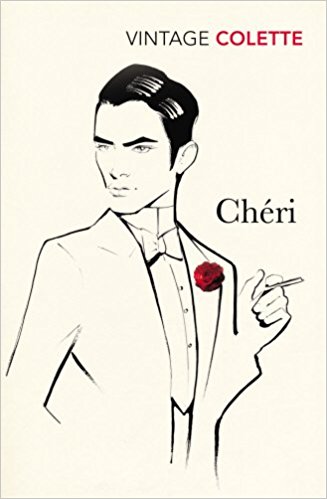Books |
Colette: Cheri
By
Published: Feb 01, 2018
Category:
Fiction
When Colette sat down to write “Cheri,” she was ready. Before 1914, she produced eight stories about the boy, sometimes using the name she’d give him in the novel. In those tales, the woman isn’t enjoying the last flowering of her beauty; she’s older, plumper, lustier. In a word, vulgar. But by the time she was ready to deal with these characters at length, Colette had refined the character of Léa de Lonval.
Colette sets "Cheri" in 1912, a time when money and privilege in France put a stake in the heart of old-fashioned morality — at least in Paris. A courtesan was not a figure to be scorned. A gentleman might say, as a friend of Proust’s did, “My wife has a Matisse, but as it’s in her bedroom, I’ve never seen it.”
Léa’s best friend is Charlotte Peloux, another wealthy courtesan, now retired. “They had known each other for twenty-five years,” Colette writes. “Theirs was the hostile intimacy of light women, enriched and then cast aside by one man, ruined by another: the tetchy affection of rivals stalking one another’s first wrinkle or white hair."
“Hostile intimacy” — we’re dealing with people at a high level of sophistication. So it’s no surprise that Charlotte sends her only son, Fred, to Lea. She’ll be a kind of finishing school for him, a way for him to learn how to deal artfully with woman until he can be married to a woman of a more exalted social rank.
But as we see on the first page, Fred — now known by his nickname, Chéri — has become as spoiled as he is beautiful. "Give it me, Léa, give me your pearl necklace!” he cries. And as he puts it on and dances around, admiring the way the expensive necklace looks on him, we find ourselves in a sexual zone where much, if not all, is permitted. [To buy the paperback from Amazon, click here.]
Passion, money, beauty and wit are major elements in the story. But the ultimate is calculation — all on Léa’s side. She is confident that her “high-slung breasts” will stay aloft until Chéri is ready for marriage. What she does not know, of course, is that this day will come far sooner than she expects.
How happy can his marriage be? How long can Chéri keep away from Léa? And when he returns to her — as I would, I suspect; as any man would — what is Léa’s response? These are questions that flow inevitably from the setup of the novel. In little more than 130 pages, Colette provides the answers. And more — she serves up views of love that will have you reaching for a pencil.
There are those who find Colette’s sequel, “The Last of Chéri,” even finer. As you may expect, the ending is less than happy. Who dies? Not telling.
“Chéri” was an instant success. Thirty thousand copies vanished from the shelves in months. Critics couldn’t find any serious flaws. André Gide sent Colette a breathless mash note: “I devoured ‘Chéri’ in a single breath. What an admirable subject you have chosen! And with what intelligence, what mastery, what understanding of those least admitted secrets of the flesh!”
What Gide most enjoyed was the novel’s “nudity.” A century later, we’ve had plenty of that. You’ll have to discover other reasons to devour this book. Without question, you’ll find them.
—————-
To read more about Colette on Head Butler, click here.


